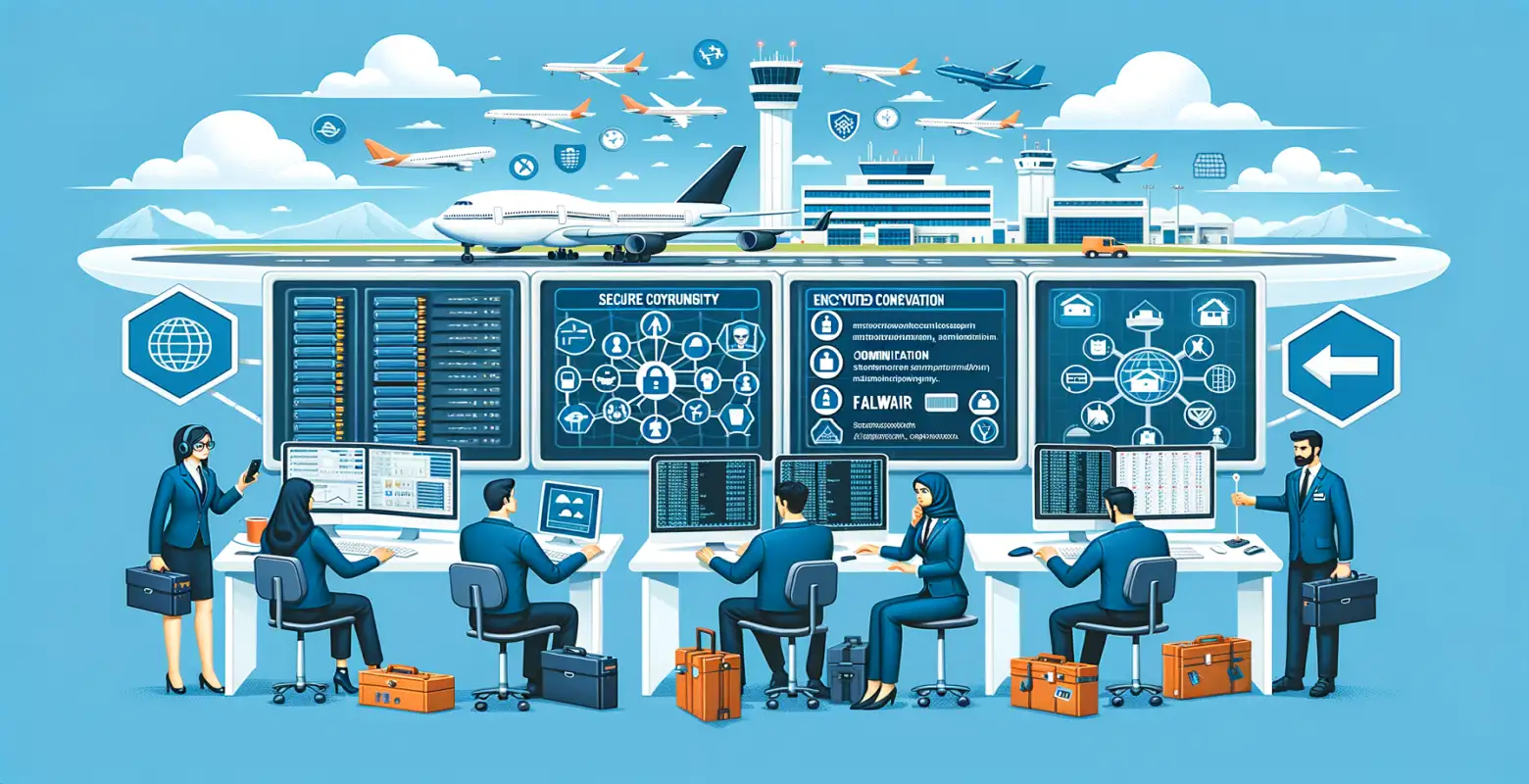How do airports protect themselves against cyber attacks?
Introduction
In today's globalized world, airports play a crucial role in international transportation, carrying millions of passengers and vast amounts of goods every day. Due to their significance and complex infrastructure, airports have also become attractive targets for cybercriminals. Cyber-attacks can disrupt system operations, lead to data theft, and pose serious security threats. Therefore, protection against cyber threats is now a priority in airport management worldwide. In this article, we will explore how airports defend themselves against cyber-attacks, the challenges they face, and the trends that may impact the future of this protection.
The Importance of Cybersecurity at Airports
Cybersecurity at airports is extremely important because IT systems manage nearly every aspect of their operations - from flight management and communication, through baggage control, to passenger services. A cyber-attack on an airport can lead to significant operational disruptions, financial losses, and even endanger the safety of passengers and staff.
Airports are particularly vulnerable to attacks due to the large number of connected devices and systems. The integration of various technologies and real-time data dependence increase the risk of attacks. Therefore, protecting IT infrastructure at airports is not only about securing data but also ensuring the continuity of aviation operations.
Basic Strategies for Cyberattack Protection
Airports employ various strategies to protect themselves against cyber threats. Basic methods include:
1. Network Segmentation:Network segmentation involves dividing the network into smaller, isolated segments, making it difficult for hackers to access the entire infrastructure if one area is breached. This way, even if one segment is attacked, the rest of the network remains protected.
2. Monitoring and Analysis of Network Traffic:Real-time monitoring of network traffic allows for the detection of suspicious activities and potential threats. Advanced analysis systems can identify anomalies and alert IT staff about possible attacks.
3. Updates and Patch Management:Regular software and operating system updates are crucial for securing against known vulnerabilities. Airports must manage patches systematically to minimize the risk of exploiting security flaws.
Employee Training and Awareness
In addition to technological measures, training airport personnel is also crucial. Employees must be aware of the latest cyber threats and ways to avoid them. Regular IT security training helps reduce the risk of social engineering attacks, such as phishing.
Airports invest in educational programs that teach employees how to recognize suspicious emails and how to respond to threat situations. Increasing awareness among staff is one of the most effective ways to protect against cyber-attacks.
Challenges in Cybersecurity for Airports
Despite advanced technologies and strategies, cybersecurity at airports faces numerous challenges. One of them is the dynamically changing threat landscape. Hackers continuously develop new techniques, requiring airports to constantly adapt their defensive measures.
Another challenge is the integration of different systems and technologies that must collaborate. Each update or change can introduce new risks. Finally, limited budgets can hinder the implementation of the latest security solutions.
The Future of Cybersecurity at Airports
The future of cybersecurity at airports looks promising thanks to technological innovations. The development of artificial intelligence and machine learning allows for more advanced methods of detecting and preventing attacks. AI-based systems can analyze vast amounts of data in real-time and identify threats faster than traditional methods.
Additionally, international cooperation in exchanging threat information can contribute to better airport protection worldwide. Initiatives such as joint simulation exercises and sharing best practices can help build a stronger defense against cyber-attacks.
Summary
Protection against cyber-attacks at airports is an essential element of modern air infrastructure management. Airports must constantly adjust their strategies to meet new threats and ensure the safety of passengers and staff. Investments in modern technologies, employee education, and international cooperation are key to effective protection against cyber-attacks. Faced with growing challenges, a systematic approach to cybersecurity will not only protect data but also ensure the continuity and smoothness of aviation operations.






Number of comments: 0